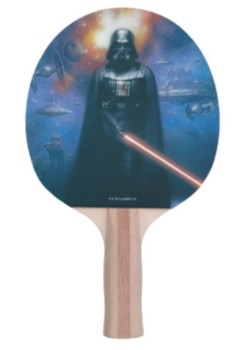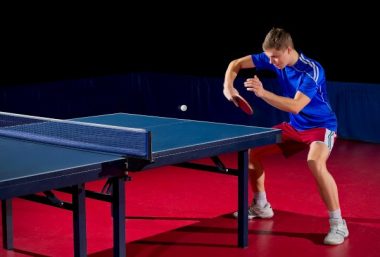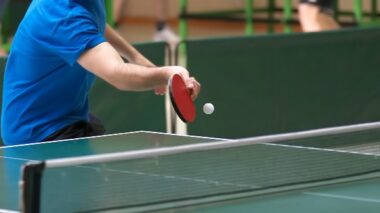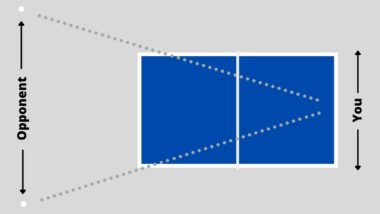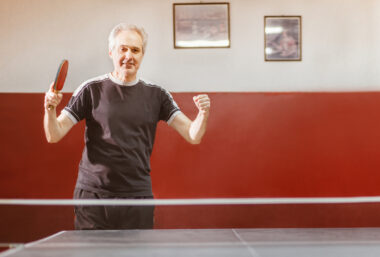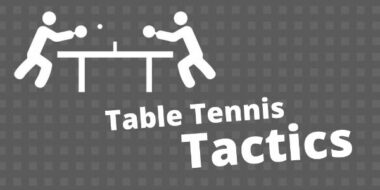Give your opponent something to worry about
Most table tennis rallies are very short. The point is often over in the first few shots. Serve, return, attack, done. The point is won. Table tennis is high-paced and frantic. Therefore you need to assert yourself on your opponent as quickly as possible in each point. How do you do this? Let’s look at how you can dominate your opponent in the first five shots of each rally. Keep reading


